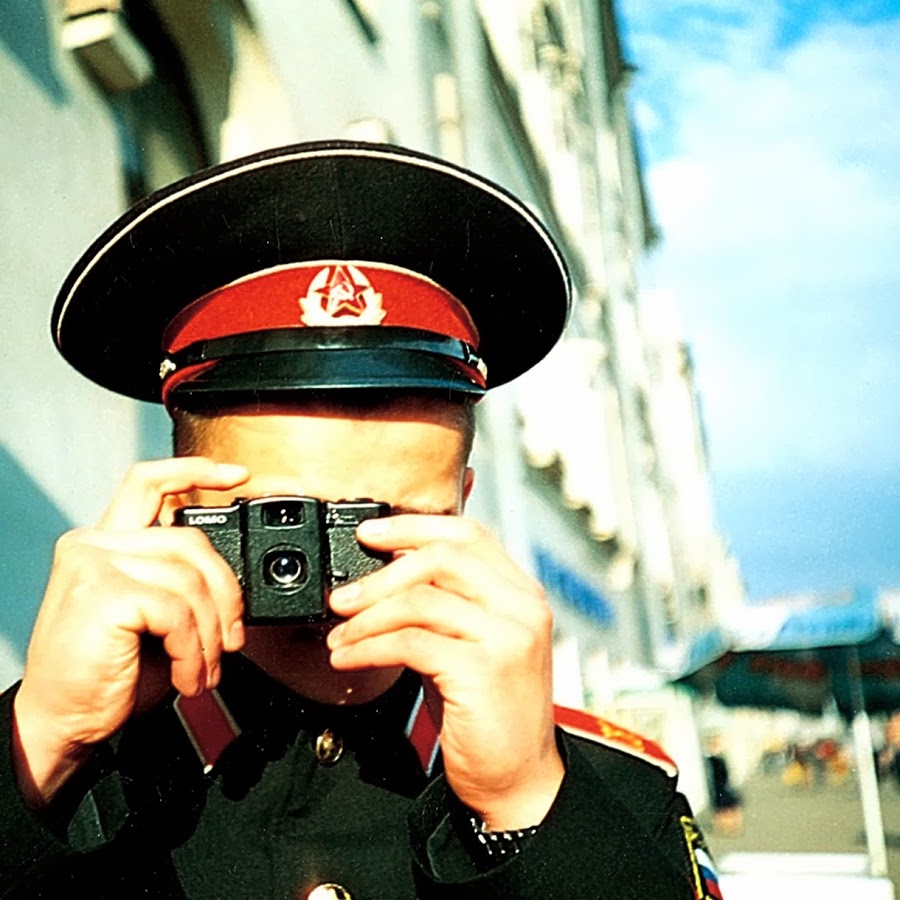What is Lomography? | Celebrating Analogue
The first ever LOMO camera, the LC-A, was developed in Russia in the LOMO Russian Arms and Optical Factory in 1982 in an attempt to replicate and improve upon the Cosina CX-1, a small Japanese zone-focus camera. Mass-production of the LC-A began in 1984 – an incredible 1200 people worked on the camera with the aim of pushing 1100 cameras out to communist countries every month.

Above: A Russian man uses the original Lomo LC-A
A group of Viennese students on a trip to Prague came across the LOMO LC-A and started using it to shoot from the hip. As soon as their films were developed, people began to fall in love with the bright colours, vignetting and sharp details created by the Russian camera and its unique lens. Interest began to rise outside of the communist block, and LOMO LC-A lovers – who dubbed themselves Lomographers – began buying up cameras in Russia to sell in their own country and beyond.

In 1992 the Lomographic Society International (LSI) was founded – and from that point on, Lomography became a story of growth and global enjoyment of analogue photography. The company now produces a huge range of film cameras (35mm and 120 format) such as the Supersampler, Lubitel 166+, Horizon cameras, Fisheye Cameras, Diana F+, Diana Mini, Spinner 360°, Sprocket Rocket, LC-Wide, La Sardina, LomoKino, Belair X 6-12, Konstruktor, LC-A 120 and Lomo’Instant.
The camera company has also dipped its toe into lenses: the Lomography Daguerreotype Achromatc f2.9 and Petzval 85 Bokeh Control Art Lenses, available in Nikon and Canon mount, can be used with both film or digital cameras to bring that Lomo look to other styles of shooting. Like the Lomo 32mm f2.8 LC-A MINITAR-1 Art Lens that’s available in a Leica M mount, the Lomography lenses are built using historic designs, enabling the look of photographs from the past to be recreated in the modern era by using up to the minute cameras.
Lomography also offers a number of instant cameras so you can enjoy that Lomography experience without having to wait for your films to develop. The Lomo Instant Automat takes Fuji Instax Mini film and comes with three lens adaptors to turn the 27mm equivalent lens into a fisheye, portrait or close-up optic.
10 Golden Rules of Lomography
- Take your camera everywhere
- Use your camera any time - day or night
- Lomography is part of your life
- Try shooting from the hip
- Get as close as possible to your subject
- Don’t think
- Be fast
- You don’t have to know what you’ve captured on film
- Don’t analyse your images, enjoy them
- Don’t worry about any rules!
- By Matthew Ward
- 13 Jun 2017




























































